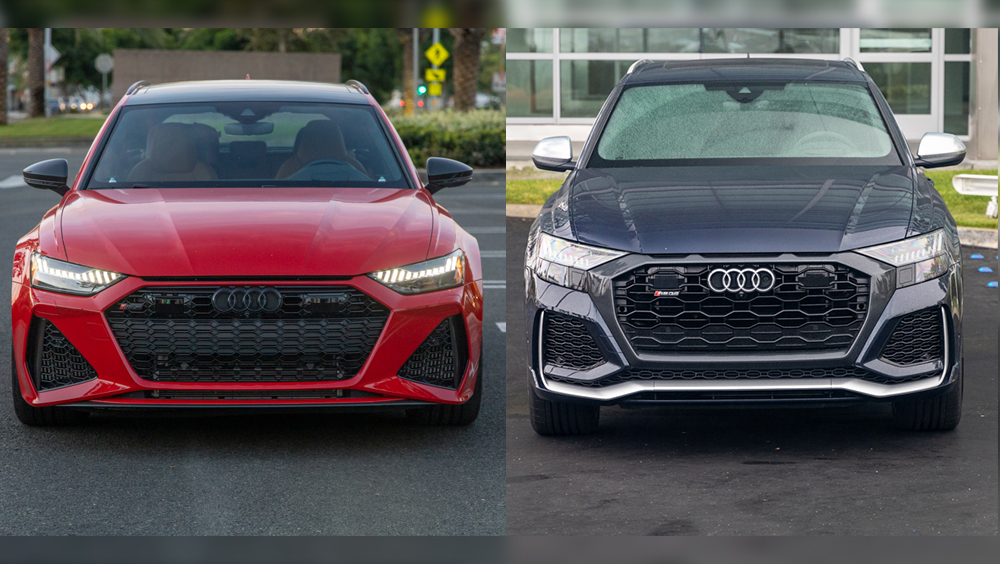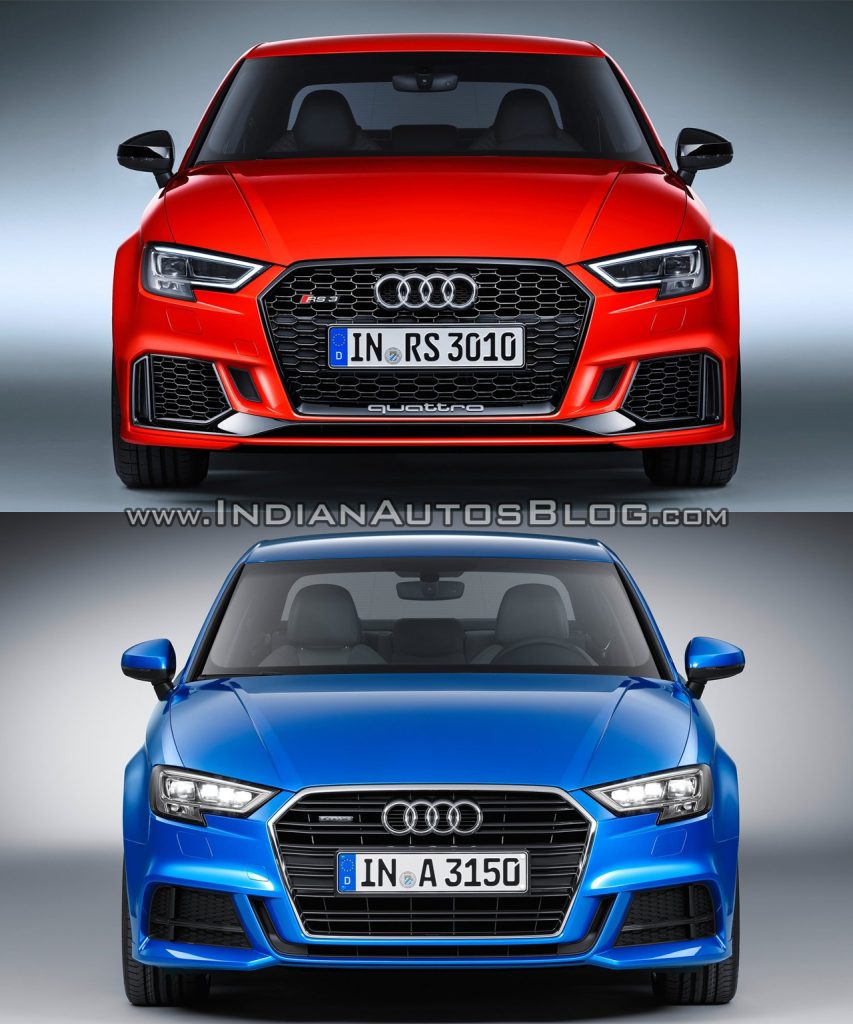

Comparing the Audi S vs RS models is a common query among car enthusiasts seeking the optimal blend of performance and everyday usability. These two lines represent different levels of performance within the Audi lineup, and understanding their distinct characteristics is crucial for making an informed purchase decision. Generally, both offer a luxurious driving experience; however, the core difference lies in their performance tuning and focus. This article will delve into the performance differences between the Audi S and RS models, exploring their respective strengths and weaknesses, providing a comprehensive comparison that helps you decide which model best suits your individual needs and driving style. The structure of this article will cover a breakdown of engine specifications, handling characteristics, and the price difference, providing a detailed understanding of each model’s unique attributes.
Engine Specifications
Powertrain and Performance Metrics
Both the Audi S and RS models feature powerful engines, but the RS models typically exhibit more aggressive performance characteristics. A key difference in performance lies in horsepower and torque output, with RS models boasting significantly higher numbers. These enhanced figures often translate to faster acceleration and greater responsiveness, particularly noticeable in more demanding driving situations. Engine technology also plays a role, with advanced features like turbocharging and intercoolers contributing to improved efficiency and output in the RS models. For example, the Audi RS5’s engine, designed for maximum acceleration, is significantly more powerful than its S5 counterpart, giving the RS an undeniable edge.
Transmission and Drivetrain
The transmission type and drivetrain configuration between the S and RS models may vary, influencing the overall driving dynamics. RS models usually come standard with advanced all-wheel-drive systems or high-performance differentials. The selection often reflects a focus on optimizing track performance, while S models typically focus on a balance between performance and everyday usability. The choice of drivetrain and transmission contributes significantly to the overall driving experience, with RS models often designed for responsive and engaging driving dynamics.
Handling Characteristics
Suspension and Steering
One of the most significant differences between Audi S and RS models lies in their suspension and steering systems. RS models are frequently equipped with more aggressive suspension setups, featuring lower ride heights and firmer springs and dampers. This enhances handling, responsiveness, and cornering capabilities on the track. For example, the RS model’s adaptive suspension adjusts to changing road conditions more dynamically. The added responsiveness is not a guarantee of comfort in daily usage.
Brakes and Wheels
Braking performance is another area where Audi RS models typically excel. They often feature larger and more powerful brake rotors and calipers compared to S models, contributing to enhanced stopping power. The larger brake components are sometimes combined with unique wheel designs that aid in maintaining balance and stability when cornering.
Price Difference
Factors Influencing Cost
The price difference between Audi S and RS models often stems from the additional performance enhancements and advanced features incorporated into the RS models. The increased horsepower, advanced suspension systems, upgraded brakes, and unique design elements of RS models add to the overall price. The higher costs are in line with the higher performance targets.
Value Proposition and Return on Investment
While the RS models come at a higher price point, the value proposition depends on the car enthusiast’s priorities. The investment in performance may offer a greater return for drivers who frequently use their vehicles for spirited driving or track activities. However, the increased cost may not align with the needs of drivers who prioritize comfort and everyday usability.
Design and Features
Exterior and Interior Aesthetics
The styling cues between the S and RS models are often distinctive, with RS models frequently featuring more aggressive and sporty designs. This is evident in sharper lines, a more pronounced front grille, and unique wheel designs. The interior may also showcase distinctive features and materials intended to complement the performance aesthetic.
Technology and Convenience
Both models typically provide a premium interior with advanced infotainment systems, but the specific feature packages and technologies might vary. The S models often prioritize practicality and everyday functionality, while the RS models might emphasize design elements that complement the overall performance-oriented theme.
Driving Dynamics
Acceleration and Responsiveness
The acceleration and responsiveness of RS models typically surpass that of S models, making the experience noticeably different. Performance is optimized for track performance. The enhanced driving experience often translates into more enjoyable and exciting driving dynamics. For example, the distinct power delivery of an RS model is more noticeable than that of its S model counterpart.
Handling and Stability
The more advanced suspension, steering, and braking systems in RS models enhance handling and stability in challenging driving conditions. This is often apparent when maneuvering through curves or encountering unexpected road situations. S models typically offer a balance between performance and comfort, while RS models are more likely to emphasize a responsive and engaging driving experience.
Conclusion
FAQs
Conclusion
FAQs
Frequently Asked Questions
What are the key differences between Audi S and RS models?
The key difference lies in their performance tuning and design. Audi S models offer a significant performance upgrade over their base counterparts, but they prioritize a balance between performance and comfort. Audi RS models, however, are designed with track performance in mind and typically deliver a more aggressive and spirited driving experience, often with more powerful engines and enhanced suspension.
What are the typical price differences between Audi S and RS models?
Generally, RS models command a higher price point due to their more advanced engineering, premium materials, and higher-performance components. The price difference reflects the extra investment in performance features and technologies.
Which Audi model is better for daily driving—the S or RS?
The Audi S models generally offer a more balanced performance and comfort experience, making them suitable for daily commutes and various driving situations. The RS models, while incredibly capable, are often more demanding for everyday use and might not offer the same level of comfort and everyday practicality.
Are Audi S or RS models suitable for track driving?
Audi RS models are ideally suited for track driving due to their more aggressive and responsive performance characteristics. The models have been precisely tuned for optimum performance and handling. Though Audi S models can handle some spirited driving, the RS line is the more obvious choice for serious track enthusiasts.
In conclusion, choosing between the Audi S and RS models boils down to your specific needs and priorities. The S line offers a compelling blend of performance, comfort, and everyday usability, making it a fantastic choice for drivers who value practicality. Conversely, the RS models truly excel in track performance and deliver an exhilarating driving experience. If you’re looking for the ultimate in performance and a car that’s engineered for spirited driving, the RS is the way to go. To get more insight into your preferences, consider the driving dynamics, performance metrics, and the car’s overall purpose in your life. Explore your options to find the perfect Audi for your needs.